Your cart is currently empty!
Tag: CannabisCultivation
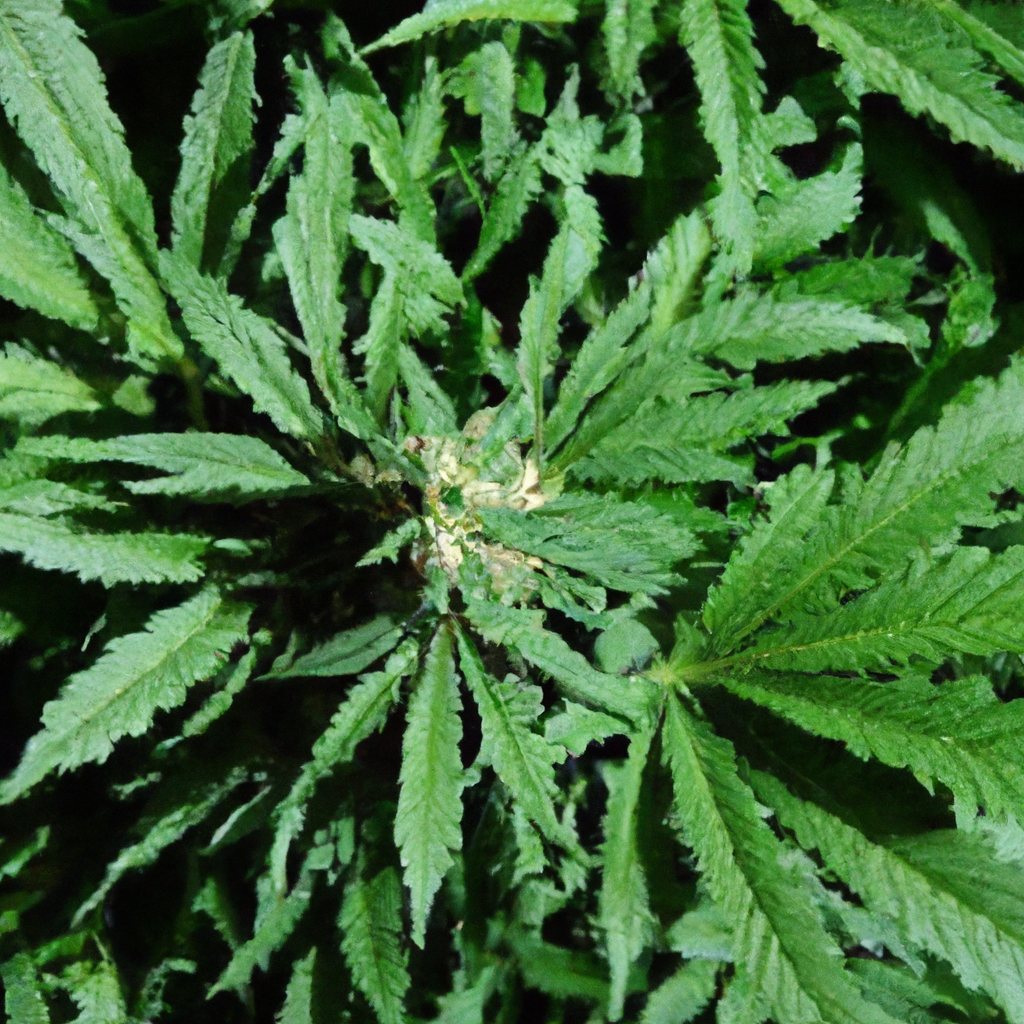
Delving into organic cannabis cultivation introduces a sustainable, eco-friendly gardening approach that not only benefits the environment but also yields safer and more aromatic products. The foundation of organic cannabis growth is a healthy soil ecosystem, enriched with natural fertilizers like compost and nourished by cover crops and crop rotation. Organic practices, such as using…
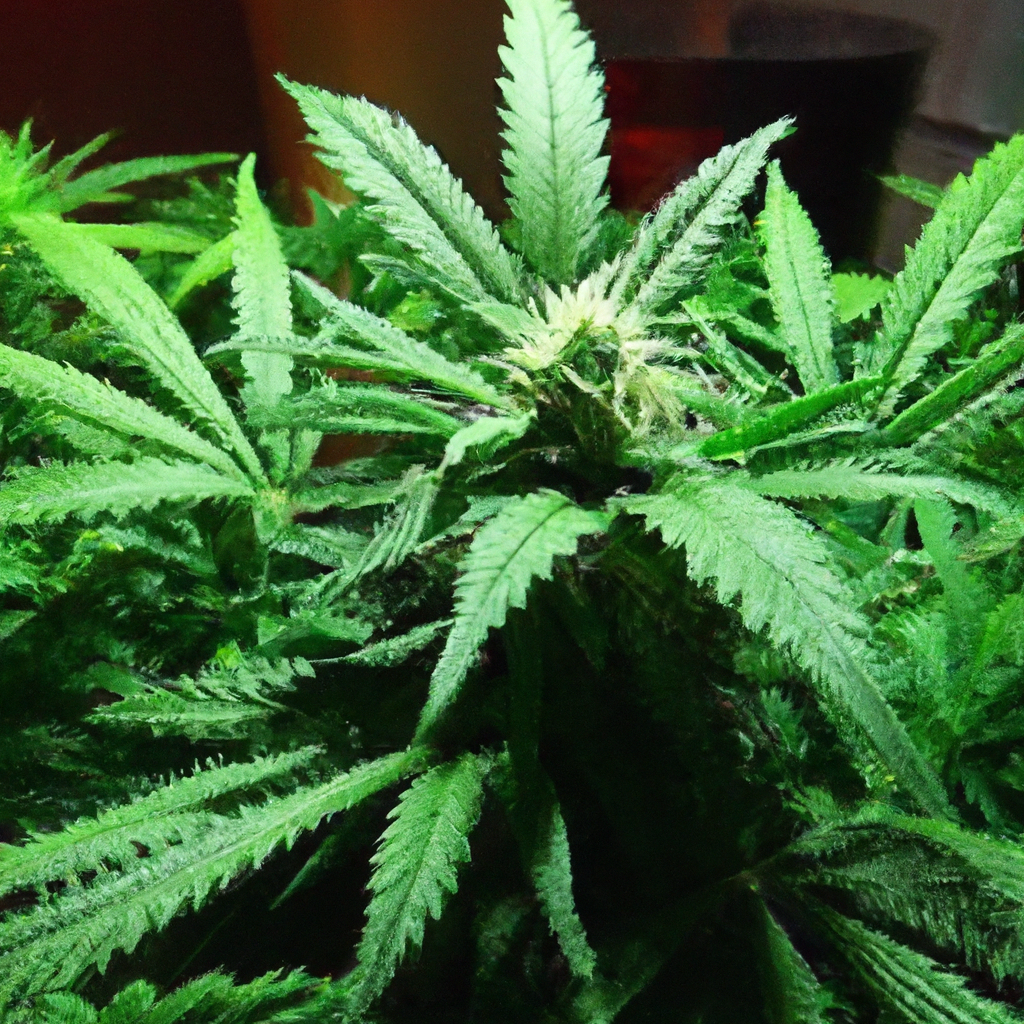
Cannabis cultivation is evolving with smart symbiotic methods that enhance growth and resilience. By fostering a natural ecosystem, growers use beneficial microbes, companion plants, and insects to support plant health and yield. Mycorrhizal fungi and rhizobacteria improve nutrient uptake, while plants like marigolds, basil, and clover deter pests and enrich the soil. Beneficial insects such…
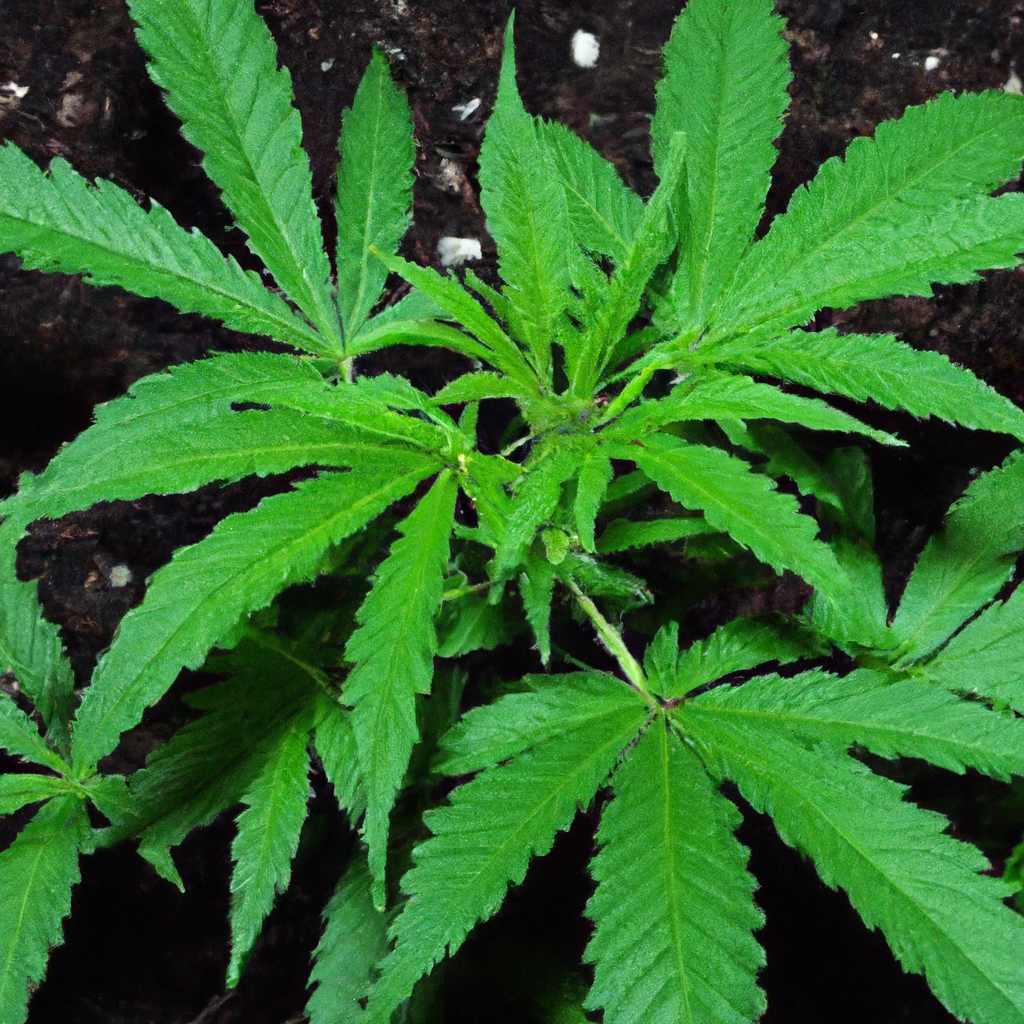
Achieving robust cannabis growth starts with soil health, integral to plant vigor. This article explores essential soil health practices, key for both novice and seasoned growers, to optimize cannabis cultivation. It highlights the importance of maintaining nutrient-rich soil, fostering microbial diversity, and ensuring proper moisture balance. Key practices include composting for nutrient-rich soil, cover cropping…
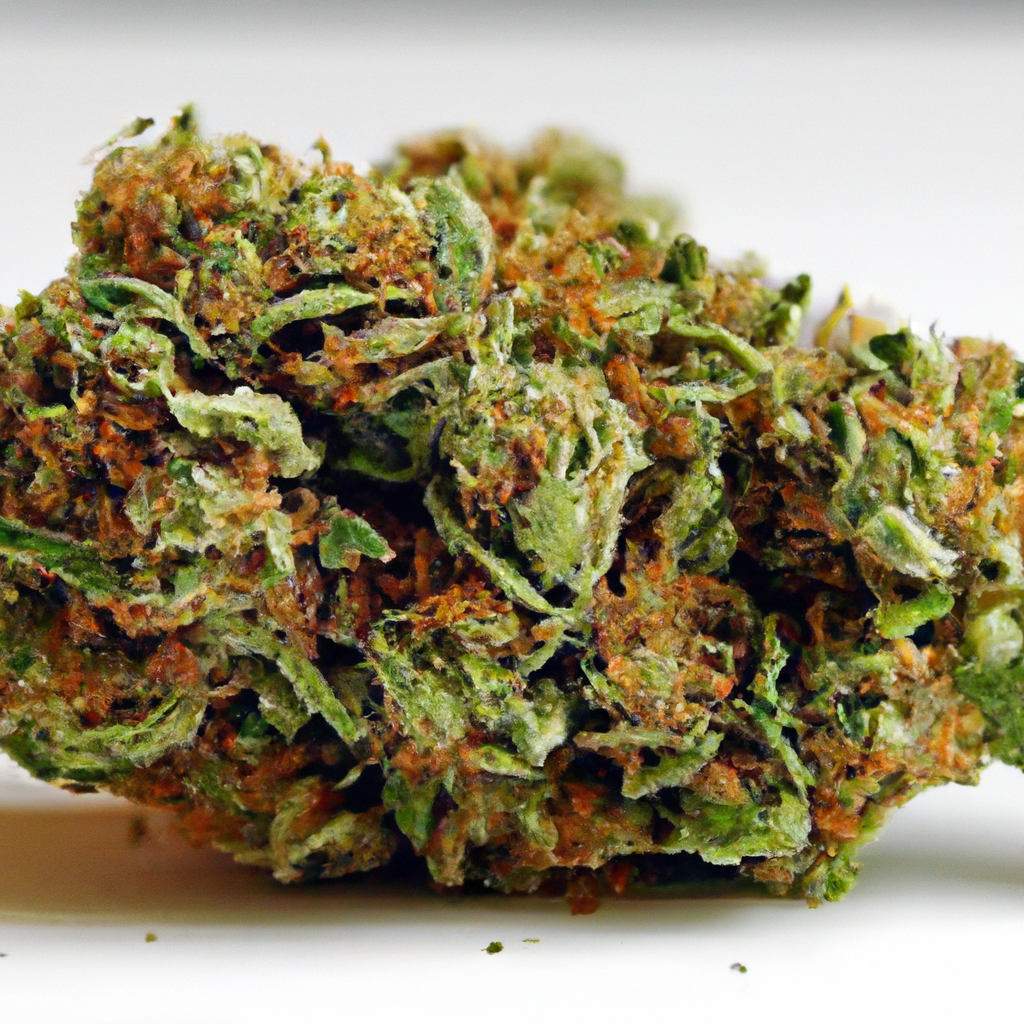
The Golden Lemon strain offers a citrus-infused experience, providing a captivating journey for cannabis enthusiasts. A hybrid of Jew Gold and Lemon Skunk, it boasts a THC content of 20% to 24%, harmonizing indica and sativa traits. Its dense, frosted buds emit a robust citrus aroma, while delivering uplifting, energizing effects, balanced by a relaxing…
In cannabis cultivation, plant shaping can greatly enhance yield by optimizing light exposure and branch structure. Key techniques include topping, which encourages multiple main colas; low-stress training (LST) for improved light and air penetration; super cropping to strengthen plants; and the Screen of Green (ScrOG) for an even canopy. While shaping boosts yield, it may…

Achieving the right climate in cannabis cultivation is crucial for plant health, yield, and cannabinoid profile. Key elements include temperature, humidity, and airflow, with optimal conditions enhancing growth at each stage. Common challenges such as temperature fluctuations and high humidity can be addressed with heaters, coolers, and dehumidifiers. Utilizing technology like smart sensors and automated…
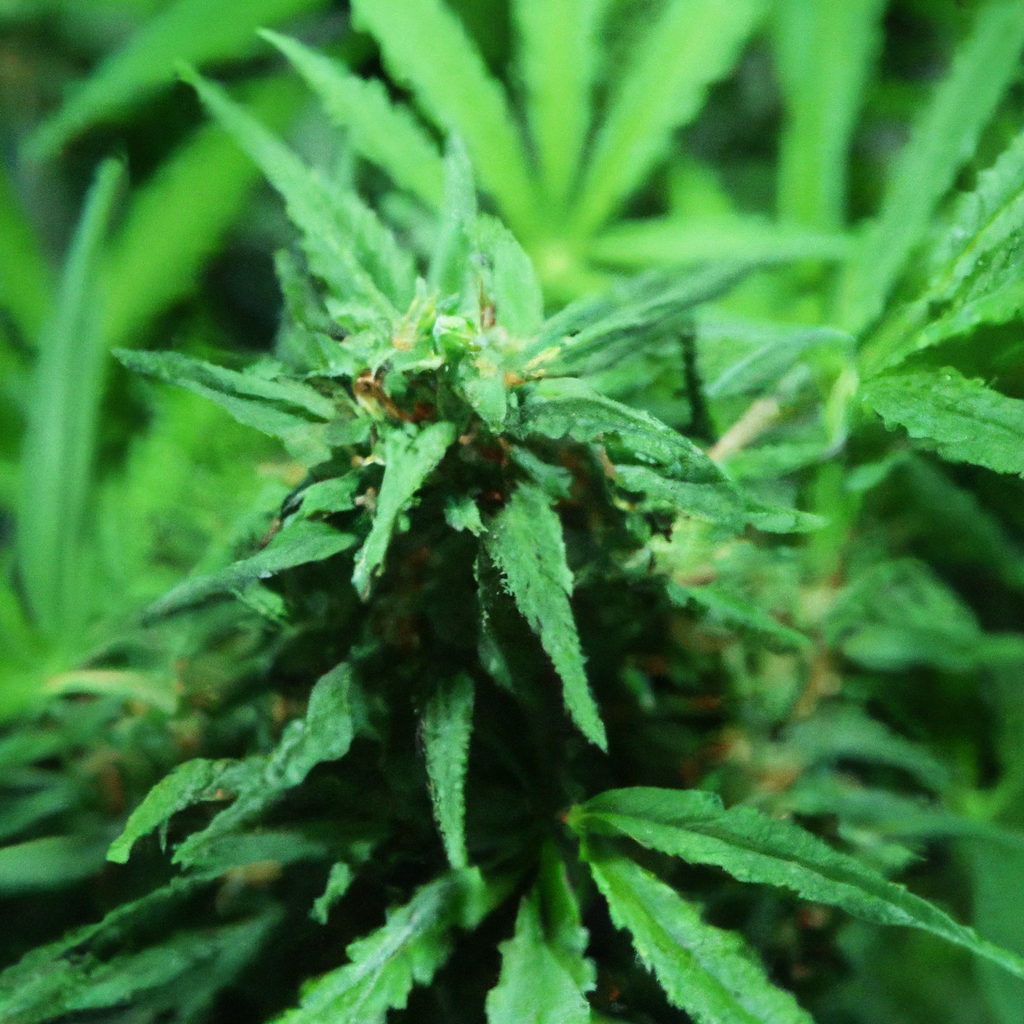
Cannabis cultivation blends science and nature, and leveraging the plant’s natural resilience can significantly optimize yields while protecting against pests and diseases. This guide explores techniques such as improving soil health, utilizing beneficial microbes, and implementing stress training to enhance cannabis growth. Techniques like integrating compost and companion planting improve soil ecosystems, while mycorrhizal fungi…
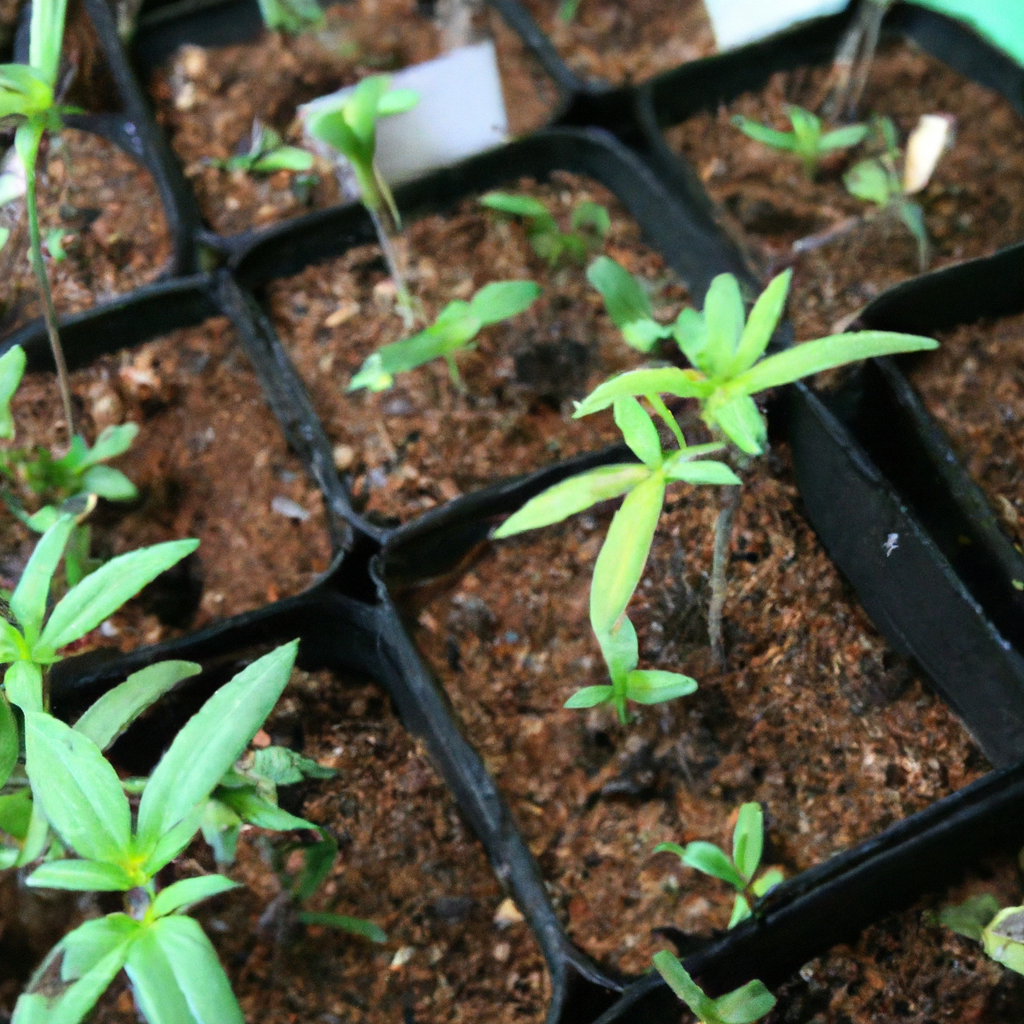
Growing cannabis successfully starts with mastering seedling care, focusing on light intensity, humidity, temperature, and soil moisture. Seedlings need less intense light, high humidity (65-70%), consistent temperatures (70-78°F), and properly damp soil. Successful cultivation relies on maintaining optimum environmental conditions, such as using thermostats and hygrometers for precise control. Challenges like stretching, nutrient deficiency, and…

Discover the captivating allure of the Cactus Cooler cannabis strain, a balanced hybrid born from Blue Dream and OG Kush. Known for its vibrant citrus aroma and sweet tropical undertones, Cactus Cooler offers a unique blend of uplifting and relaxing effects. This strain enhances mood and creativity while providing soothing relaxation, making it ideal for…
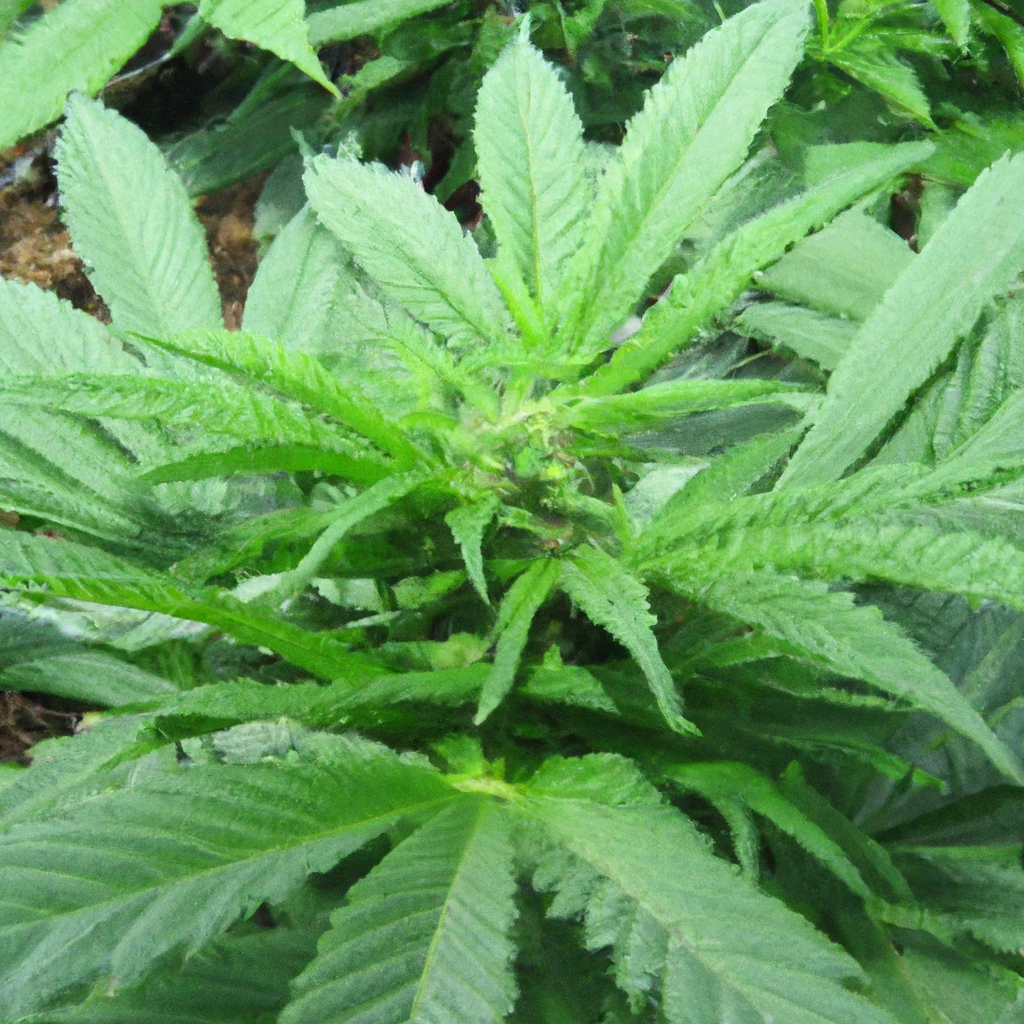
Organic cannabis cultivation emphasizes healthier plants and environmental mindfulness through natural methods. By utilizing compost, cover crops, and mulching, growers can enhance soil ecosystems and promote plant health. Natural fertilizers like bat guano, worm castings, and fish emulsion provide essential nutrients without harmful chemicals. Integrated Pest Management (IPM) uses beneficial insects, companion planting, and neem…
